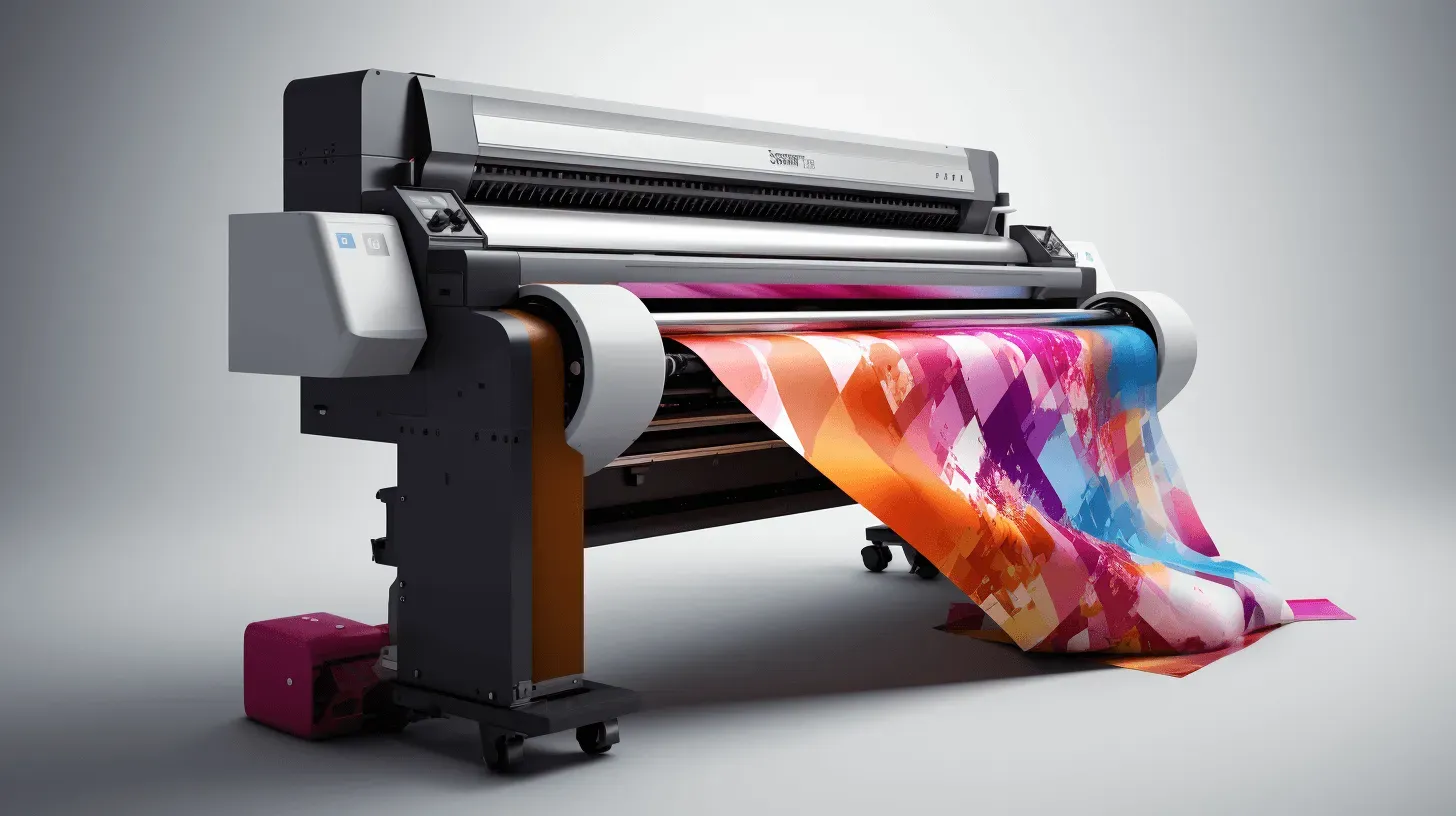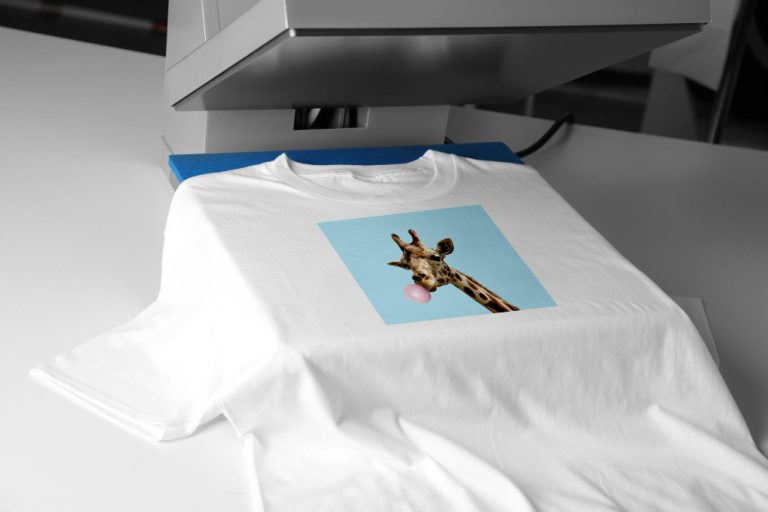DTF Printing: Unlocking the Future of Custom Printing
DTF printing, or Direct to Film printing, is revolutionizing the printing industry by offering an innovative approach to custom designs on various fabrics. This cutting-edge technology leverages digital printing methods to create high-quality, vibrant images that are easily transferred onto apparel and other substrates. As businesses increasingly seek cost-effective solutions for personalized printing, DTF technology stands out for its versatility and efficiency, making it perfect for both small-scale and large-scale operations. The ability to quickly print intricate designs without the need for extensive setup makes DTF an attractive option for custom printing enthusiasts. In this article, we delve into the world of DTF printing, exploring its benefits and how it’s shaping the future of apparel printing.
Exploring alternative terms for DTF printing reveals its relevance in the realm of modern custom printing technologies. Also known as Direct to Film printing, this innovative approach employs advanced digital printing techniques to streamline the transfer of detailed designs onto various materials. The ability to create personalized prints efficiently appeals to a wide audience, enhancing the demand for tailored apparel and accessories. Utilizing DTF technology provides unique advantages over traditional methods, allowing businesses to meet customer needs in an increasingly competitive market. As we unpack the intricacies of this method, it’s clear that DTF stands at the intersection of creativity and technology, paving the way for new possibilities in printing.
What Makes DTF Printing Stand Out?
DTF printing offers notable advantages that distinguish it in the vast landscape of printing technologies. The primary factor is its versatility; unlike traditional methods that may restrict the types of materials that can be printed on, DTF can be used on cotton, polyester, nylon, and more. This flexibility allows businesses to cater to a broader customer base by providing custom printing solutions tailored to various fabric types. Not only does this capability enhance product offerings, it also enables entrepreneurs to explore new markets without the limitations typically associated with conventional printing methods.
Moreover, the quality of prints produced through DTF technology is exceptional. The process generates high-resolution images with rich and vibrant colors, ensuring that the final product meets customer expectations for aesthetics and durability. This is especially critical in industries like apparel printing, where high-quality visuals can significantly influence purchasing decisions. Furthermore, DTF prints are designed to endure multiple washes without fading, making them an attractive investment for consumers seeking longevity in their custom apparel.
The Environmental Impact of DTF Technology
As sustainability becomes increasingly vital in the business world, DTF printing stands out for its environmentally friendly attributes. Utilizing water-based inks and minimizing waste during production significantly reduces its carbon footprint compared to traditional printing techniques like screen printing, which often involves harmful solvents and processes. This eco-conscious approach resonates well with consumers who are becoming more aware of the environmental effects of their purchases and are actively seeking brands that prioritize sustainability.
Additionally, DTF printing processes require less water and energy, making it a smart choice for businesses looking to implement more sustainable practices without sacrificing quality. This consideration is particularly vital for small business operations that may be looking for both cost-effective and eco-friendly solutions. By adopting DTF technology, companies not only improve their operational efficiency but also contribute positively to the environment, thereby appealing to a socially responsible consumer base.
Recent Trends in Custom Apparel Printing
The landscape of custom apparel printing is undergoing significant transformation, largely driven by advancements in DTF technology. One trend gaining traction is the growing consumer demand for personalization. With the rise of e-commerce, more individuals seek unique items that reflect their personal style, which DTF printing easily accommodates. This technology allows brands to produce small runs without extensive setup or costs, making customized apparel accessible to a wider audience.
Additionally, the integration of social media marketing with DTF printing capabilities has made it easier for businesses to showcase their unique offerings. Platforms such as Instagram and TikTok facilitate rapid sharing of custom designs, driving consumer interest and engagement. This symbiotic relationship between DTF technology and social media is reshaping how brands interact with their customers, fostering a sense of community around bespoke creations, leading to a tangible rise in demand and customer loyalty.
Innovations Driving DTF Printing Efficiency
Recent innovations in DTF technology have significantly improved efficiency and output quality. Elevations in printing speed allow businesses to meet increasing demand without sacrificing quality, crucial in a fast-paced market. Newer models of DTF printers are emerging with enhanced color accuracy and the ability to handle complex designs seamlessly, making the technology appealing for artists and designers alike who require precision for their creations.
The introduction of user-friendly software for design integration also streamlines the process from concept to finished product. This means that both seasoned professionals and newcomers in the printing industry can create stunning custom designs with greater ease. The efficiency improvements mean that even small businesses can compete with larger companies by quickly adapting to consumer trends and delivering high-quality items.
Comparing DTF with Traditional Printing Techniques
When evaluating DTF printing against more traditional options like screen printing or heat transfer vinyl, the differences in setup, design capabilities, and efficiency become evident. DTF printing requires less setup time, thus significantly speeding up order fulfillment for businesses. This efficiency is crucial in today’s environment, where rapid turnaround times can determine a brand’s competitiveness in the custom printing landscape.
Design complexity is another area where DTF technology surpasses older methods. With the ability to print intricate designs and vibrant gradients without the constraints of traditional screen printing, which often struggles with fine details, DTF printing opens the door for more creativity and artistic expression. This allows businesses in custom apparel to offer unique, high-quality products that stand out in a crowded market.
Future Prospects for DTF Printing Technology
The future of DTF printing looks promising as technology continues to advance and consumer preferences shift towards personalization and quality. As e-commerce grows, driven by the demand for individualized products, DTF printing is poised to thrive. The continual enhancements in printer technology, including faster printing speeds and improved ink formulations, suggest that quality outputs will become even more accessible for businesses of all sizes.
Moreover, as businesses increasingly adopt environmentally friendly practices, the sustainability aspect of DTF printing will attract more companies looking to reduce their ecological impact. This trend not only aligns with consumer awareness but also paves the way for new partnerships and collaborations in the industry, as brands seek to align their values with those of environmentally conscious consumers.
Frequently Asked Questions
What is DTF printing and how does it work?
DTF printing, or Direct to Film printing, involves printing designs onto a special film that can then be heat-transferred onto various fabrics. The process includes printing with eco-solvent inks, applying a hot-melt adhesive powder, curing the film, and finally transferring the design onto the substrate using heat. This method allows for high-quality and vibrant prints suitable for different materials.
What are the advantages of using DTF printing for custom apparel?
DTF printing offers numerous advantages for custom apparel, including versatility in material choices, high-resolution designs, and strong durability that withstands multiple washes. It’s also cost-effective for small runs, minimizing setup costs compared to traditional methods like screen printing.
How does DTF technology compare to other printing methods?
DTF technology outperforms traditional printing methods like screen printing by significantly reducing setup time and offering better quality for intricate designs. Unlike heat transfer vinyl (HTV), DTF can be used on a wider range of fabrics, making it a more adaptable option for custom printing.
What types of materials can be used with DTF printing?
DTF printing is compatible with a variety of materials such as cotton, polyester, nylon, and blends. This flexibility allows businesses to cater to different client needs and expands the range of products they can offer, from apparel to promotional items and home decor.
Are there any challenges associated with DTF printing?
While DTF printing has many benefits, it also faces challenges such as quality control consistency and the need for precise heat application to prevent damage to the substrate. Additionally, the upfront costs of quality DTF printers and materials may be higher compared to other techniques.
What trends are influencing the growth of the DTF printing market?
The DTF printing market is growing due to rising consumer demand for personalized products and quick turnaround times. Technological innovations improving print speeds and quality also support this trend, along with the increasing popularity of DTF among small business owners looking for user-friendly printing solutions.
| Key Point | Details |
|---|---|
| What is DTF Printing? | A printing method that uses special films and adhesive powders to transfer designs onto fabrics and other materials. |
| Key Features | Versatile usage on various materials, high-quality results, cost-effective for small runs, and eco-friendly. |
| Market Growth | Increasing demand for personalized apparel is driving market expansion, coupled with growth in eCommerce. |
| Technological Innovations | Advancements are improving speed and quality, with investments in faster DTF printers. |
| Diverse Applications | Utilized beyond apparel for promotional materials, home decor, and gifts. |
| Popularity Among Small Businesses | User-friendly systems appeal to entrepreneurs, integrating with design software for efficiency. |
| Emerging Trends | Growing customer preferences for personalized items and quick delivery times are pushing adoption. |
| Challenges in DTF | Quality control issues, sensitivity to heat application, and initial cost concerns hinder broader adoption. |
Summary
DTF printing is a transformative technology in the printing industry, allowing for high-quality and customizable prints on various materials. This innovative method combines flexibility, cost-effectiveness, and sustainability, meeting the growing demand for personalized products. As businesses adapt to the evolving market landscape, embracing DTF printing can provide a competitive edge, enabling them to offer unique, sophisticated designs that appeal to consumers. With its advantages over traditional methods and its capacity to cater to diverse industries, DTF printing is set to solidify its place at the forefront of printing advancements.






